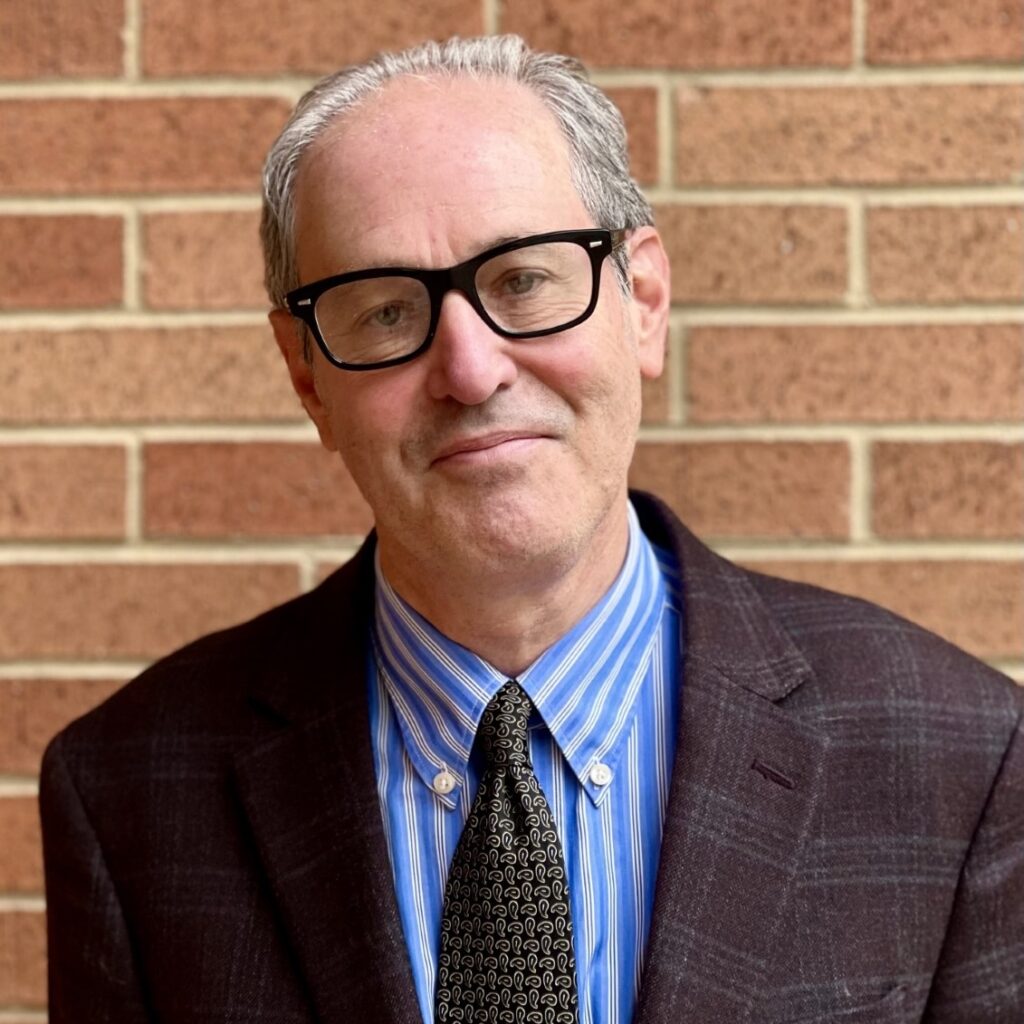By Peter Adams
The author of a book on deep-state conspiracy theorist Edwin A. Walker ponders a pivotal event in American history.

Seven months before he assassinated President John F. Kennedy, Lee Harvey Oswald fired a shot into the Dallas home of Major General Edwin A. Walker. The bullet struck the wall as Walker lowered his head just before Oswald squeezed the trigger. A critical question remains sixty years after the Kennedy assassination: Had Oswald been successful at killing General Walker, would he have taken aim at the president on November 22, 1963?
To answer this question, we can look to the Warren Commission report and later studies by psychiatrists and U.S. intelligence officials, which provide a number of clues to Oswald’s mental state and his motive for carrying out an assassination. Oswald considered Walker his first target because, in Oswald’s words, the far-right general was “America’s leading fascist.” In 1962, Walker was arrested and charged with insurrection for leading a deadly riot against federal marshals as they protected James Meredith in his attempt to register as the first African American student at the University of Mississippi.
With ties to the Ku Klux Klan and the Minutemen, a forerunner of today’s militia movements, Walker claimed there was a deep-state Communist conspiracy behind the Kennedy administration. He orchestrated a violent demonstration against UN ambassador Adlai Stevenson, who visited Dallas only a month before the president’s ill-fated trip to Texas. Handbills that circulated throughout Dallas calling Kennedy a traitor were produced by Walker’s partner in a printing business, a man with ties to the American Nazi party.
Oswald seemed obsessed with Walker, even attending a rally where Walker was the principal speaker. For weeks Oswald meticulously laid out his plan to murder the former general. Oswald declared himself a revolutionary Communist, but his convictions were based on a shallow understanding of Marxist ideology, according to the Warren Commission. The commission concluded that Oswald was motivated less by an ideological commitment and more by a desire to be in the history books. His wife, Marina, told Warren Commission investigators that Oswald saw himself as a man destined to change the course of history. Justifying his actions to Marina, he compared his attempt to kill Walker to assassinating Hitler before he came to power in Germany.
The Warren Commission report noted that Oswald, who was quick to anger, seemed to be unsuccessful in every endeavor. He was kicked out of the Marines, his marriage unraveled, and he was a failure in the jobs he held. Oswald was fired from his last job just four days before taking his shot at Walker.
ln 1967, Dr. David Abrahamsen of the Center for the Study of Violence at Brandeis University wrote that he believed Oswald had a desperate yearning for notoriety to compensate for his “feelings of insignificance.” Given General Walker’s call to invade Cuba and oust Fidel Castro, Oswald may have believed that he would be hailed as a hero in Havana by murdering Walker. That assessment was floated by the CIA’s chief of Clandestine Services for Mexico during closed-door Senate hearings in 1976. It was consistent, he said, with what he knew about “the psychology of psychopathic personalities.”
To Abrahamsen, Oswald’s failure to kill Walker only “redoubled his need” to prove himself. That was when Oswald searched for a new target, and Kennedy’s reelection campaign stop in Dallas was the perfect opportunity. Lee Harvey Oswald was now determined to achieve what he believed was due him: a place in history.
If Oswald had succeeded in murdering Walker and had been apprehended, Kennedy most certainly would have left Dallas alive. It is also possible to speculate that even if Oswald was not apprehended after killing Walker, his need to prove his distorted perception of his place in history would already have been satisfied. As the Warren Commission concluded, Oswald’s desire for notoriety is an important factor to consider in assessing a possible motivation for the Kennedy assassination.

Peter Adams teaches at Old Dominion University. He is the author of The Bowery Boys: Street Corner Radicals and the Politics of Rebellion and Politics, Faith, and the Making of American Judaism.
Available Now
Peter Adams’s The Insurrectionist is the first comprehensive biography of Major General Edwin A. Walker, a figure who, in the 1950s and 1960s, became a leader of a far-right political movement known for its elaborate conspiracy theories, authoritarianism, and uncompromising white supremacy. Sixty years before the January 6, 2021, attack on the U.S. Capitol, Edwin Walker was charged with insurrection and seditious conspiracy. He was arrested on orders from the attorney general after leading a deadly riot against federal marshals as they protected the first African American student attempting to register at the University of Mississippi. Those who flocked to Walker’s side believed an invisible government working with coconspirators in the Kremlin and United Nations would soon enslave America under a one-world dictatorship. Walker’s deep state conspiracy theory has echoed through American political culture into the age of QAnon, finding a new home among today’s far-right extremists.



